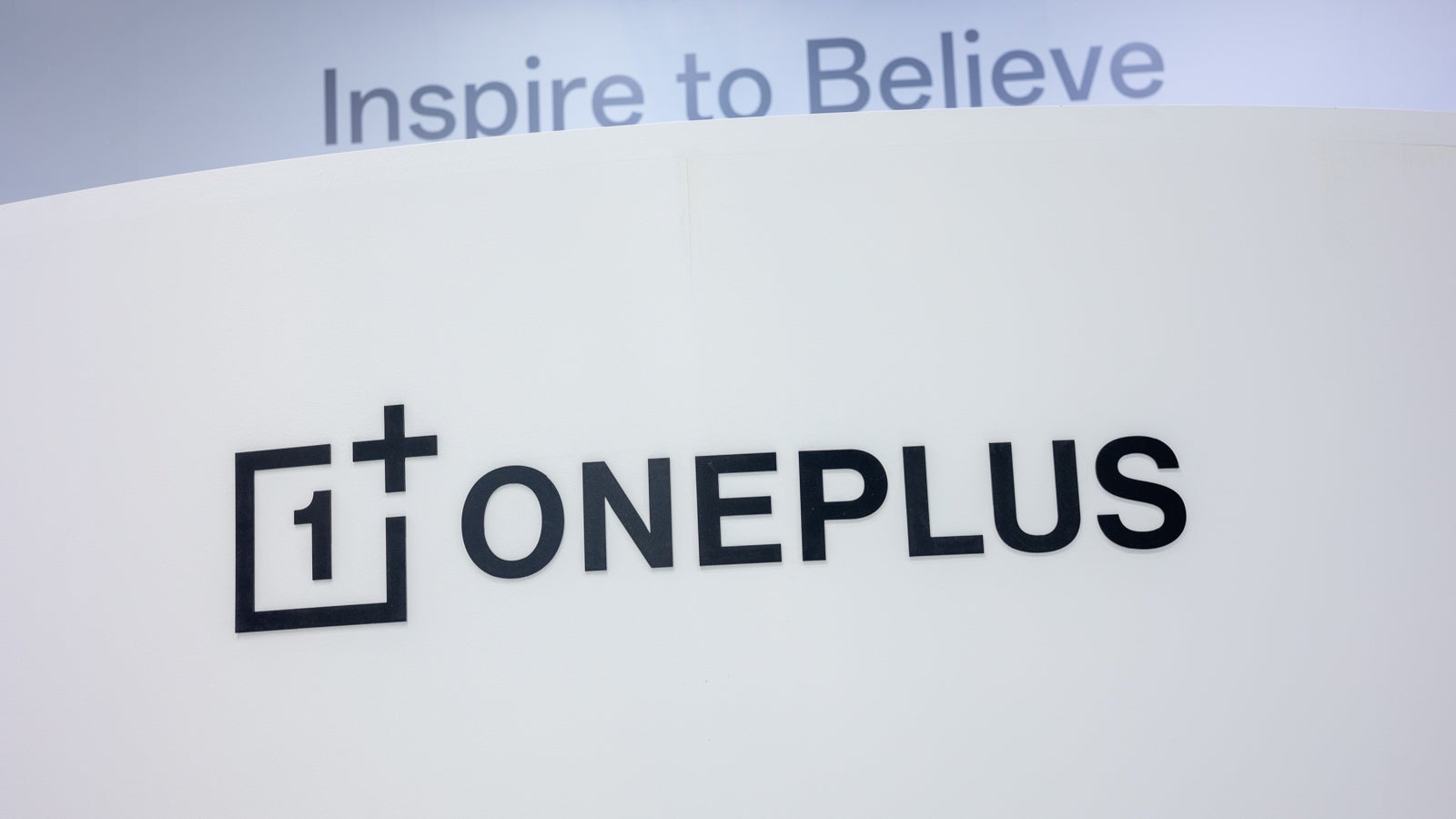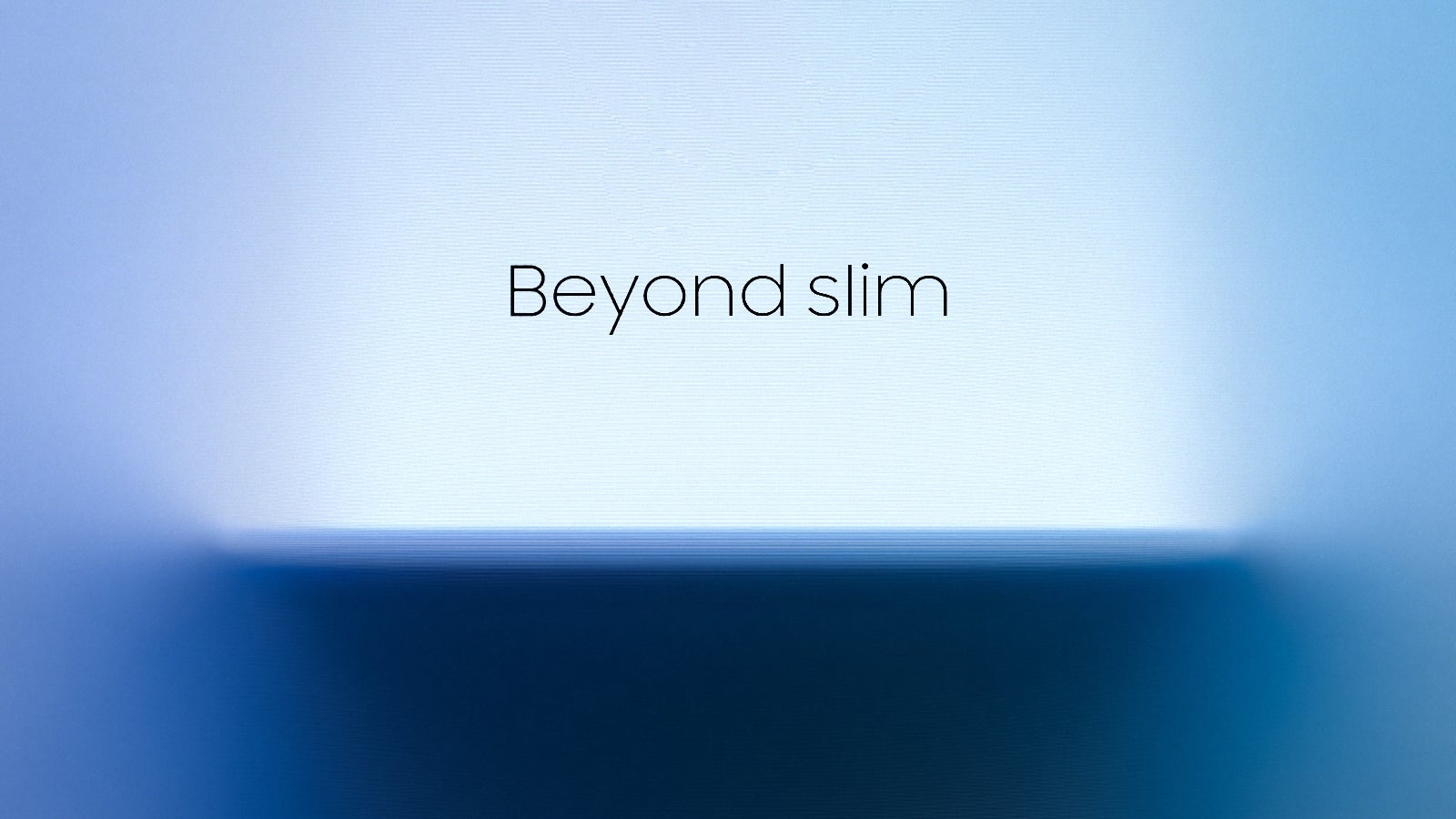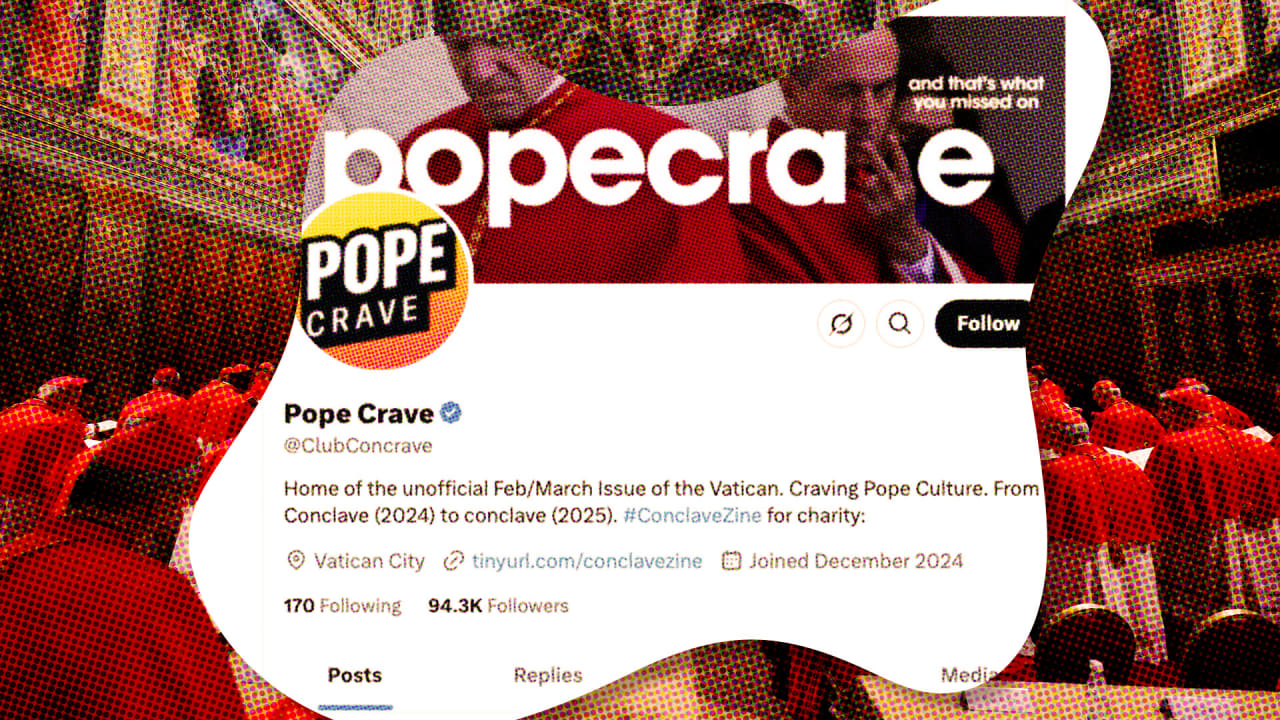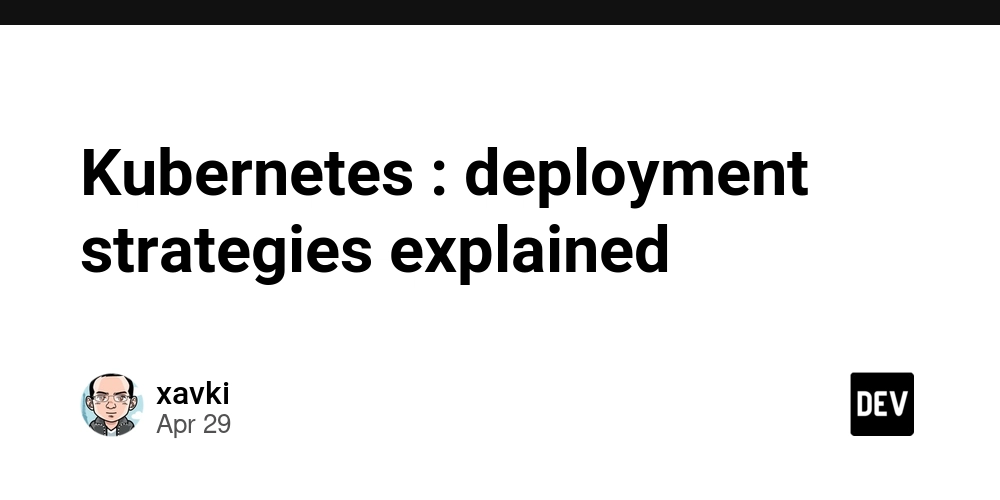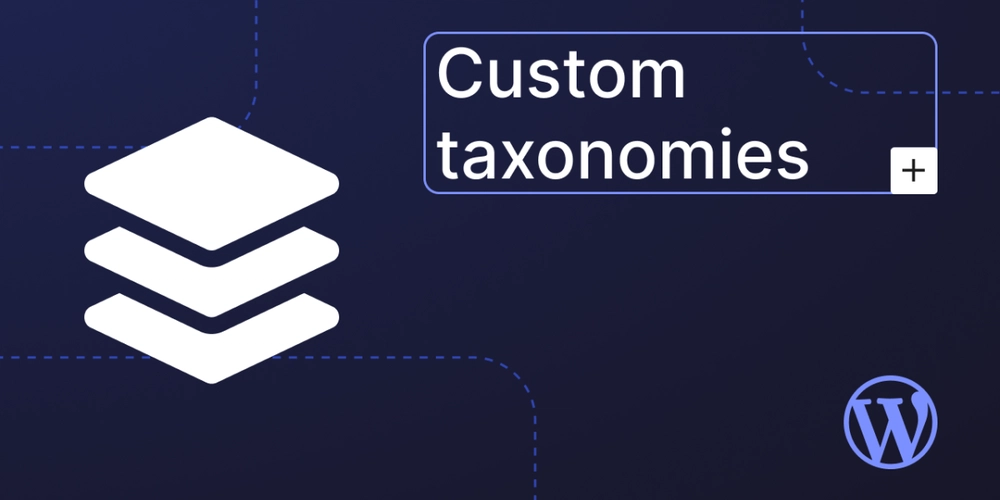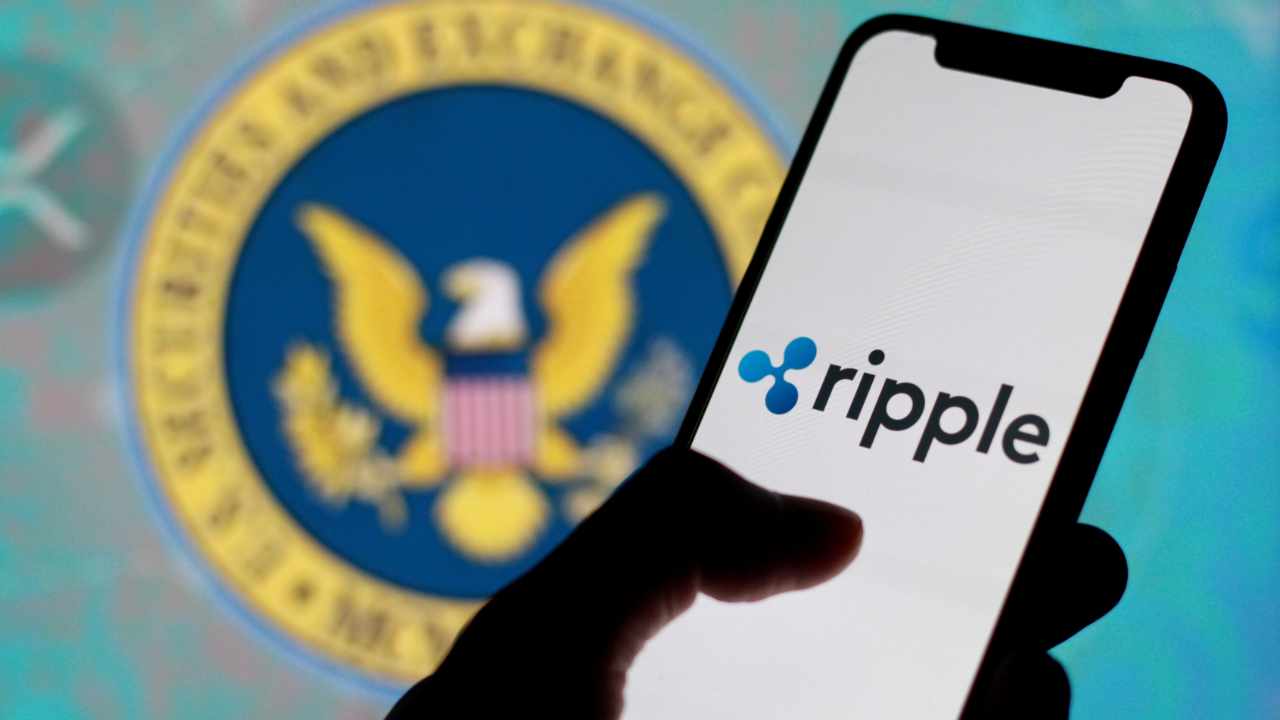How to Fix Flutter iOS Build Errors in Azure DevOps Pipeline?
Building a Flutter iOS app in an Azure DevOps pipeline can sometimes lead to daunting errors, especially concerning provisioning profiles and automatic signing. If you’ve encountered the error where Xcode cannot find any provisioning profiles for your app, this guide will help you troubleshoot and fix the issues effectively. Understanding the Problem When you see errors like, "No profiles for **.**.**.** were found", it typically means that Xcode is unable to locate the required provisioning profiles for automatic signing. This is especially common in CI/CD environments like Azure DevOps, where a seamless integration of your code and environment configurations is crucial for the build process. You mentioned that locally, your build works flawlessly, which indicates that your local setup is correctly configured with all necessary provisioning profiles and certificates. In the pipeline, however, discrepancies can occur due to environment differences or missing configurations needed for the automated build process. Common Reasons for the Build Failure Provisioning Profile Issues: Even though you've installed the provisioning profile into the pipeline, it may not be correctly linked to the bundle identifier (**.**.**.**), or it might be outdated. Automatic Signing Configuration: When automatic signing is disabled, xcodebuild cannot generate the required provisioning profiles, leading to build failures. Certificate and Profile Mismatch: If the certificate used doesn't match the installed provisioning profile or if the profile has expired, it can lead to issues. Step-by-Step Solution To resolve these issues, you can follow these steps: Step 1: Verify Provisioning Profiles Ensure the provisioning profiles you are using in your Azure DevOps pipeline are valid and correctly linked to your app's bundle identifier. You can check this on the Apple Developer Portal. Step 2: Enable Automatic Signing in Your Pipeline If you wish to enable automatic signing, modify your ExportOptions.plist to ensure it allows provisioning updates as shown below: signingStyle automatic method app-store teamID YOUR_TEAM_ID allowProvisioningUpdates This will instruct xcodebuild to automatically manage the provisioning profiles. Step 3: Adjust Azure DevOps Pipeline Configuration Make sure your Azure DevOps pipeline tasks are correctly structured. Here’s an example of how it could be set up: - task: InstallAppleCertificate@2 inputs: certSecureFile: Certificados.p12 certPwd: $(certificate_password) - task: InstallAppleProvisioningProfile@1 inputs: provisioningProfileLocation: 'secureFiles' provProfileSecureFile: Archivo_demo.mobileprovision - task: XcodeBuild@1 inputs: actions: 'archive' packageApp: false outputPath: '$(Build.ArtifactStagingDirectory)' configuration: 'Release' sdk: 'iphoneos' signingOption: 'manual' exportOptionsPlist: '$(Build.SourcesDirectory)/ExportOptions.plist' forceUpdate: true Step 4: Troubleshoot and Test After making adjustments, rerun your pipeline. Carefully monitor the logs for any errors regarding provisioning. If issues persist, ensure that the provisioning profile and certificate are correctly matched and try regenerating them if necessary. Frequently Asked Questions Why does Flutter build ipa fail to use the provisioning profile even though it's installed in the pipeline? This could occur due to a mismatch between the provisioning profile's settings and the app's bundle identifier or issues with automatic signing settings. Is it mandatory to switch to manual xcodebuild with -allowProvisioningUpdates if I use automatic signing? While using -allowProvisioningUpdates is not mandatory, it can assist in resolving issues with Xcode automatically managing profiles when they are not up to date or if they do not exist. How do you recommend structuring this flow in an Azure DevOps pipeline for a Flutter iOS app? Ensure installation of certificates and provisioning profiles are performed first. After that, configure the Xcode build task with well-defined options, ensuring you have the correct ExportOptions.plist for automatic management. By following these steps and understanding the configurations, you’ll be set up for a successful build process of your Flutter iOS app through Azure DevOps.
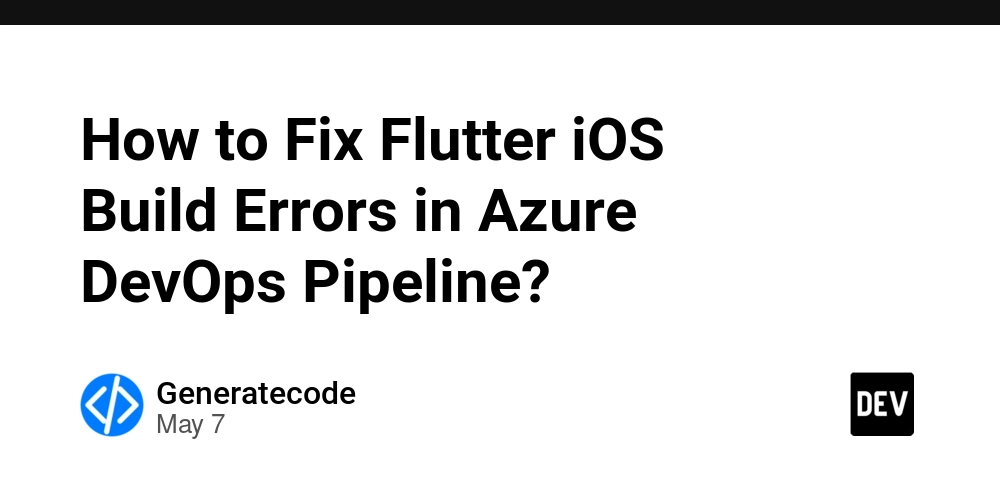
Building a Flutter iOS app in an Azure DevOps pipeline can sometimes lead to daunting errors, especially concerning provisioning profiles and automatic signing. If you’ve encountered the error where Xcode cannot find any provisioning profiles for your app, this guide will help you troubleshoot and fix the issues effectively.
Understanding the Problem
When you see errors like, "No profiles for **.**.**.** were found", it typically means that Xcode is unable to locate the required provisioning profiles for automatic signing. This is especially common in CI/CD environments like Azure DevOps, where a seamless integration of your code and environment configurations is crucial for the build process.
You mentioned that locally, your build works flawlessly, which indicates that your local setup is correctly configured with all necessary provisioning profiles and certificates. In the pipeline, however, discrepancies can occur due to environment differences or missing configurations needed for the automated build process.
Common Reasons for the Build Failure
-
Provisioning Profile Issues: Even though you've installed the provisioning profile into the pipeline, it may not be correctly linked to the bundle identifier (
**.**.**.**), or it might be outdated. -
Automatic Signing Configuration: When automatic signing is disabled,
xcodebuildcannot generate the required provisioning profiles, leading to build failures. - Certificate and Profile Mismatch: If the certificate used doesn't match the installed provisioning profile or if the profile has expired, it can lead to issues.
Step-by-Step Solution
To resolve these issues, you can follow these steps:
Step 1: Verify Provisioning Profiles
Ensure the provisioning profiles you are using in your Azure DevOps pipeline are valid and correctly linked to your app's bundle identifier. You can check this on the Apple Developer Portal.
Step 2: Enable Automatic Signing in Your Pipeline
If you wish to enable automatic signing, modify your ExportOptions.plist to ensure it allows provisioning updates as shown below:
signingStyle
automatic
method
app-store
teamID
YOUR_TEAM_ID
allowProvisioningUpdates
This will instruct xcodebuild to automatically manage the provisioning profiles.
Step 3: Adjust Azure DevOps Pipeline Configuration
Make sure your Azure DevOps pipeline tasks are correctly structured. Here’s an example of how it could be set up:
- task: InstallAppleCertificate@2
inputs:
certSecureFile: Certificados.p12
certPwd: $(certificate_password)
- task: InstallAppleProvisioningProfile@1
inputs:
provisioningProfileLocation: 'secureFiles'
provProfileSecureFile: Archivo_demo.mobileprovision
- task: XcodeBuild@1
inputs:
actions: 'archive'
packageApp: false
outputPath: '$(Build.ArtifactStagingDirectory)'
configuration: 'Release'
sdk: 'iphoneos'
signingOption: 'manual'
exportOptionsPlist: '$(Build.SourcesDirectory)/ExportOptions.plist'
forceUpdate: true
Step 4: Troubleshoot and Test
After making adjustments, rerun your pipeline. Carefully monitor the logs for any errors regarding provisioning. If issues persist, ensure that the provisioning profile and certificate are correctly matched and try regenerating them if necessary.
Frequently Asked Questions
Why does Flutter build ipa fail to use the provisioning profile even though it's installed in the pipeline?
This could occur due to a mismatch between the provisioning profile's settings and the app's bundle identifier or issues with automatic signing settings.
Is it mandatory to switch to manual xcodebuild with -allowProvisioningUpdates if I use automatic signing?
While using -allowProvisioningUpdates is not mandatory, it can assist in resolving issues with Xcode automatically managing profiles when they are not up to date or if they do not exist.
How do you recommend structuring this flow in an Azure DevOps pipeline for a Flutter iOS app?
Ensure installation of certificates and provisioning profiles are performed first. After that, configure the Xcode build task with well-defined options, ensuring you have the correct ExportOptions.plist for automatic management.
By following these steps and understanding the configurations, you’ll be set up for a successful build process of your Flutter iOS app through Azure DevOps.









































































































































































![[The AI Show Episode 146]: Rise of “AI-First” Companies, AI Job Disruption, GPT-4o Update Gets Rolled Back, How Big Consulting Firms Use AI, and Meta AI App](https://www.marketingaiinstitute.com/hubfs/ep%20146%20cover.png)










































































































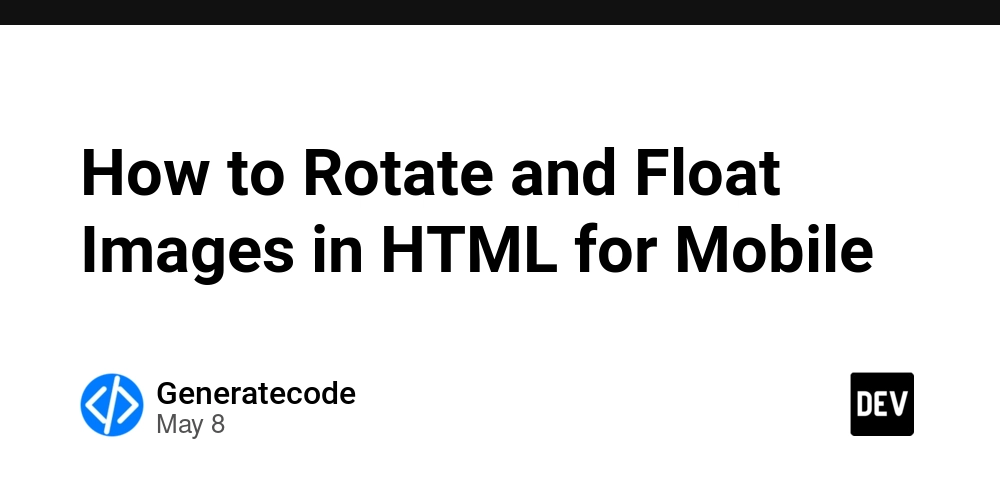















![[DEALS] The Premium Python Programming PCEP Certification Prep Bundle (67% off) & Other Deals Up To 98% Off – Offers End Soon!](https://www.javacodegeeks.com/wp-content/uploads/2012/12/jcg-logo.jpg)














































































































































_Aleksey_Funtap_Alamy.jpg?width=1280&auto=webp&quality=80&disable=upscale#)
_Sergey_Tarasov_Alamy.jpg?width=1280&auto=webp&quality=80&disable=upscale#)






















































































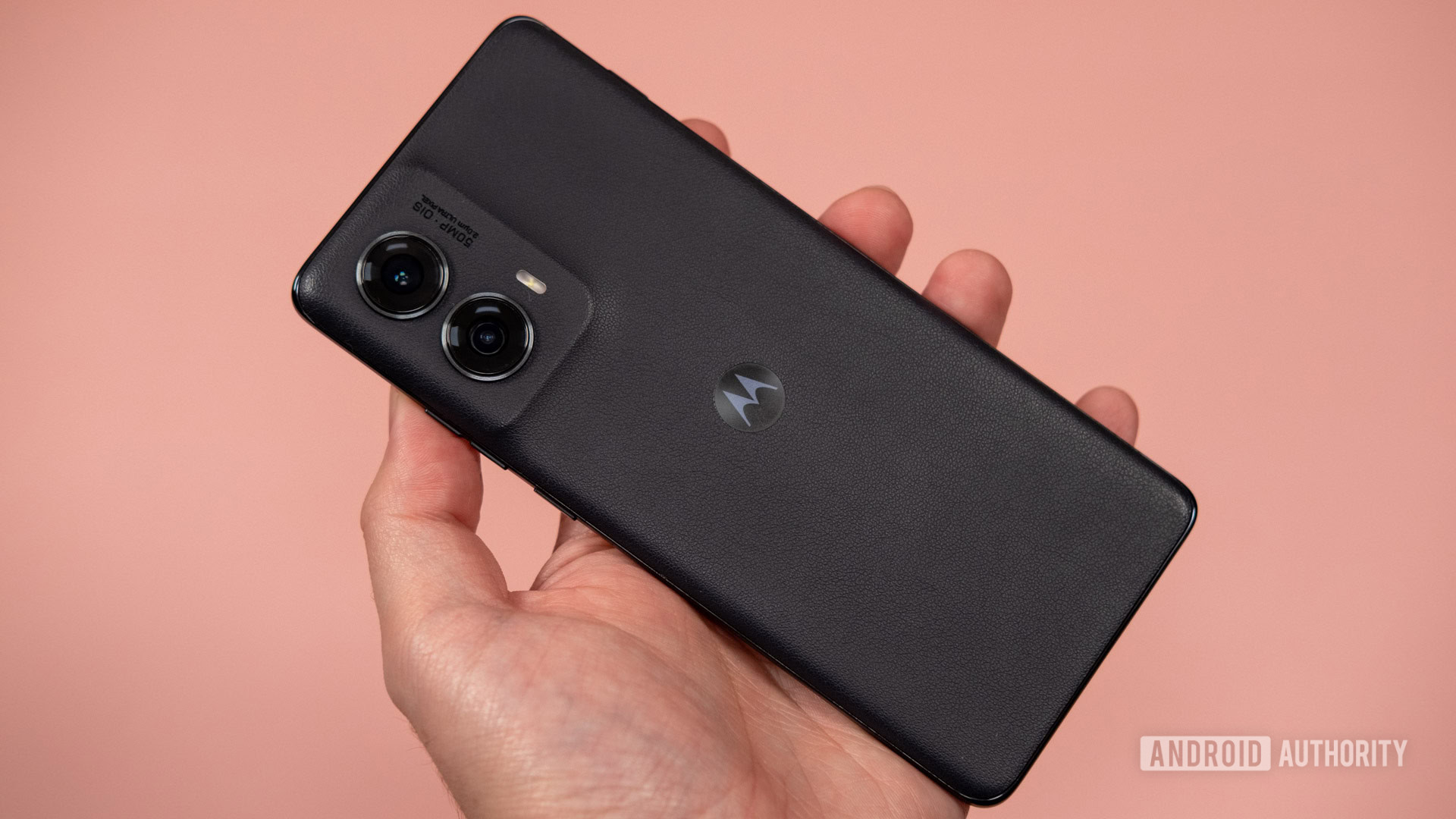


















![Apple Foldable iPhone to Feature New Display Tech, 19% Thinner Panel [Rumor]](https://www.iclarified.com/images/news/97271/97271/97271-640.jpg)
![Apple Developing New Chips for Smart Glasses, Macs, AI Servers [Report]](https://www.iclarified.com/images/news/97269/97269/97269-640.jpg)
![Apple Shares New Mother's Day Ad: 'A Gift for Mom' [Video]](https://www.iclarified.com/images/news/97267/97267/97267-640.jpg)
![Apple Shares Official Trailer for 'Stick' Starring Owen Wilson [Video]](https://www.iclarified.com/images/news/97264/97264/97264-640.jpg)


















































